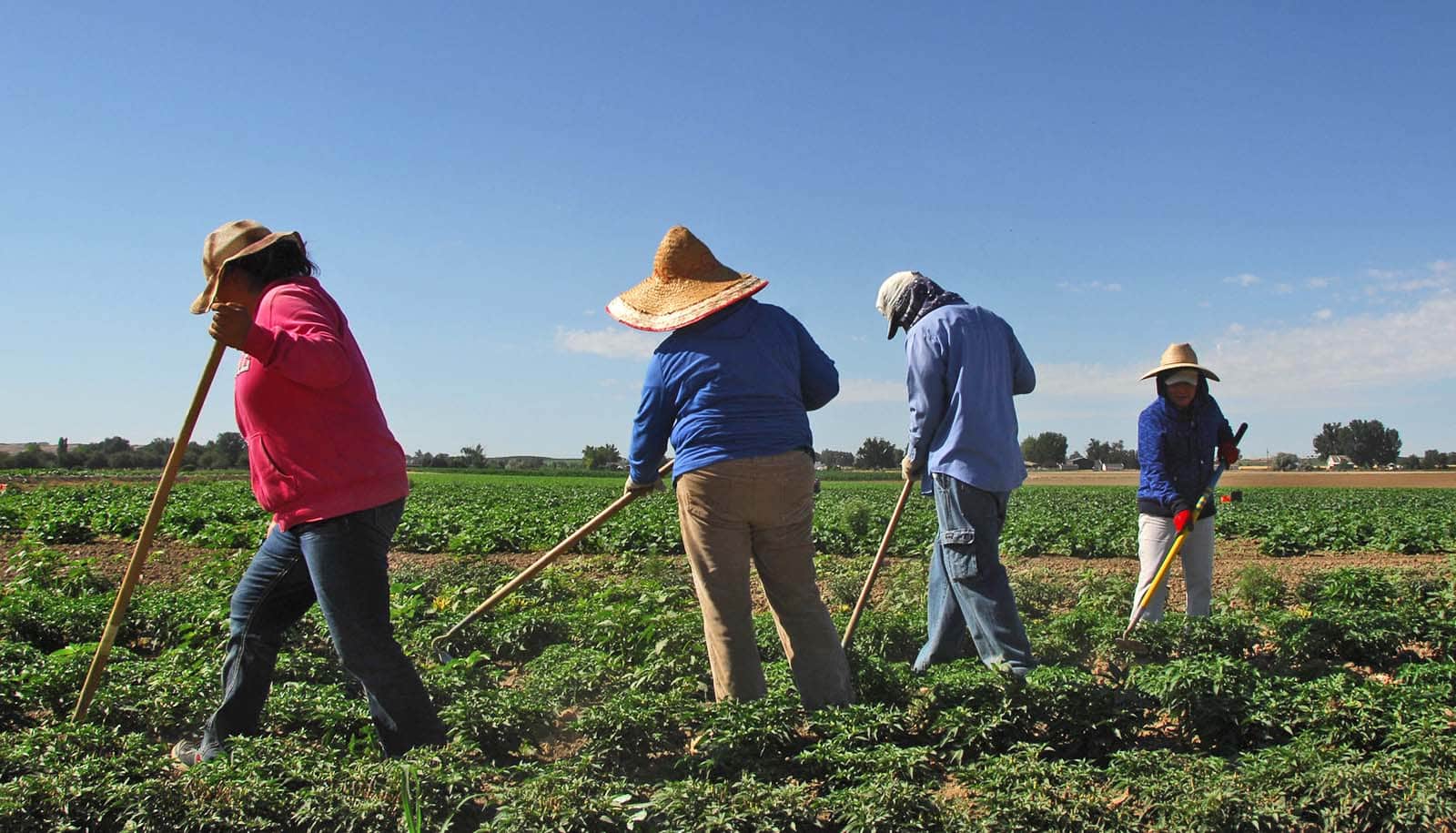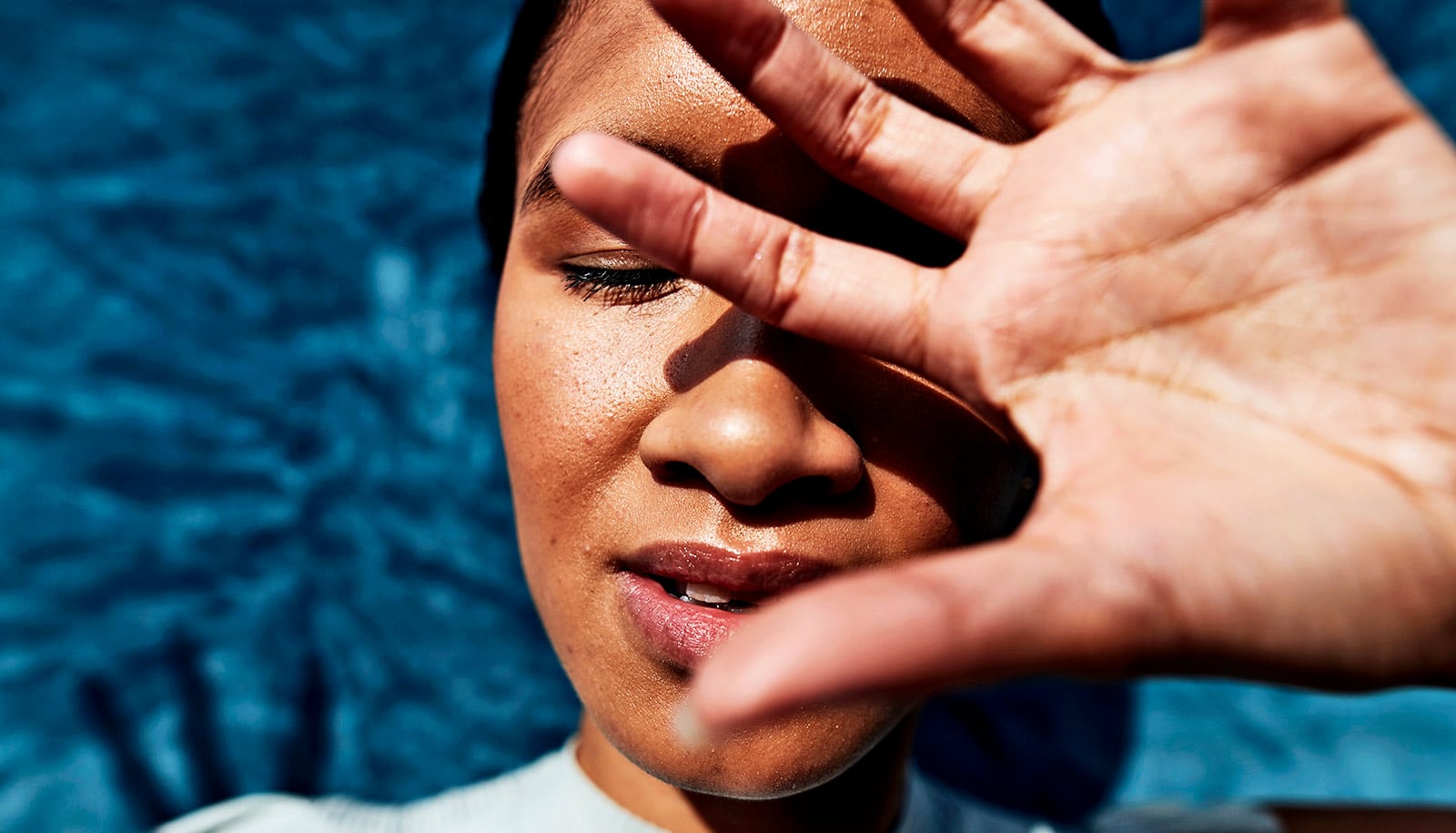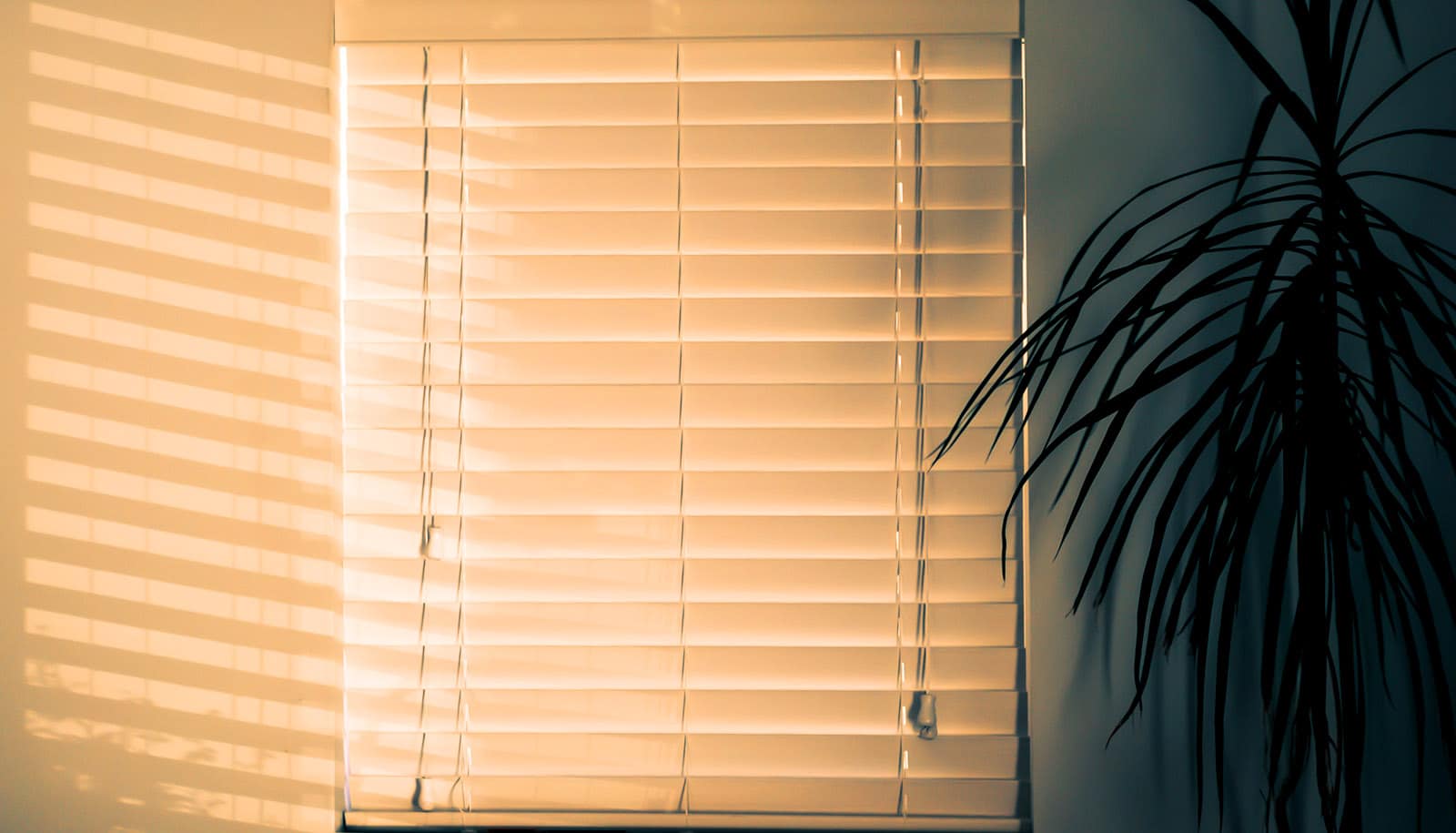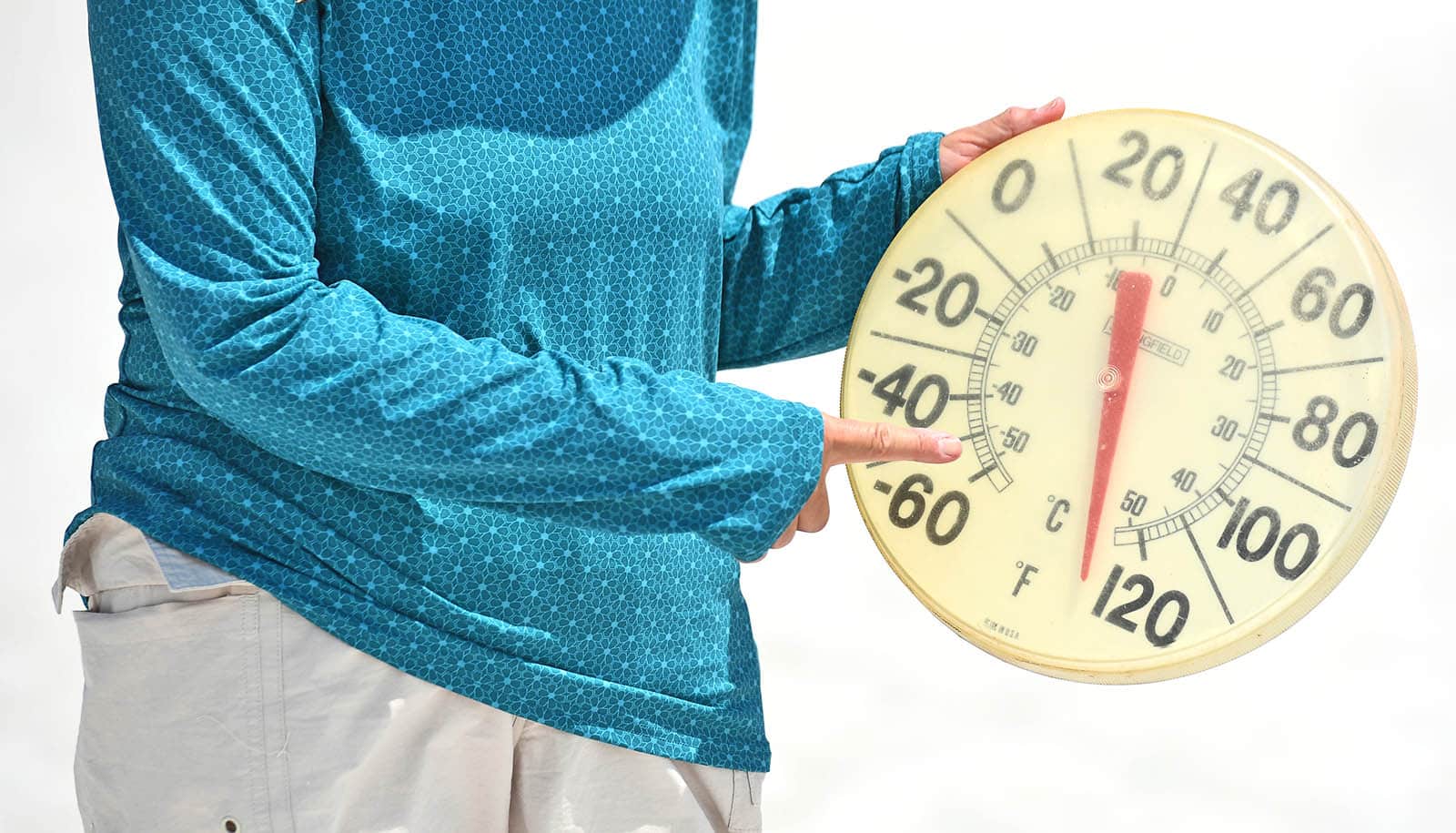Experts explain extreme heat’s impacts on workplace risks, marginalized communities, and the economy.
News stories of farmhands and other outdoor workers dying from heat-related impacts are stark reminders that few regulations exist to protect laborers from extreme heat.
“Lower-income populations… [find] themselves at the mercy of temperatures where even moderate physical exertion is lethal.”
The average number of days United States agricultural workers spend working in unsafe conditions will double by mid-century, and, without mitigation, triple by the end of the century, according to a 2020 study led by Michelle Tigchelaar, a research scientist at Stanford University’s Center for Ocean Solutions.
Here, Tigchelaar and Michele Barry, senior associate dean of global health, and Sam Heft-Neal, a research scholar at Stanford’s Center on Food Security and the Environment, dig into extreme heat’s effects:
What are the most pressing workplace risks from extreme heat, and how have they changed over the past few decades or years?
Barry: There is a heightened risk for heat stroke when core temperatures rise, something we saw during the devastating heat waves in India and Pakistan this past spring. When heat is combined with humidity, it can create deadly temperatures beyond which the body can no longer cool itself. In terms of mental health, we’re seeing heightened suicide risk in farmers in India and the American West driven by despair around heat and drought-induced crop failures.
Heft-Neal: As temperatures increase, the types of jobs that are susceptible to workplace heat impacts are likely to expand. Whereas farmworkers have long been vulnerable because they do physical labor in outdoor environments with often little shade, other jobs, like a parking enforcement officer that walks around a city issuing tickets, could eventually become vulnerable as climate change makes the extreme conditions more extreme and more frequent. Defining protections in a way that includes an expanding collection of occupations is therefore important.
Tigchelaar: Beyond heat-related illnesses, there’s growing evidence about the impacts of extreme heat on accident risk and resulting traumatic injuries. Dangerous job tasks, such as operating heavy equipment and balancing on ladders, are getting more dangerous. The way work structure—details like incentives and breaks—interacts with heat extremes is another pressing risk. For instance, I contributed data to a study detailing how pressure on postal workers to complete work within particular hours contributes to heat-related illness and death. We’re only just starting to scratch the surface on how extreme heat interacts with other climate drivers to create occupational health risks.
What environmental justice factors are at play with this issue?
Barry: This is a health equity issue at its core. These conditions exacerbate existing disparities: If you can afford air conditioning and work indoors, you can generally insulate from these conditions, barring blackouts. However, lower-income populations and especially outdoor workers have little escape, finding themselves at the mercy of temperatures where even moderate physical exertion is lethal. Workers from vulnerable groups are also more likely to be exposed to climate extremes at work.
Outdoor, low-wage laborers whose work might get canceled by weather impacts can’t necessarily bear many days without pay—and people might continue to work because of financial needs even if not a healthy choice. Many low-wage outdoor laborers also don’t have access to the same health care resources as higher-income populations—which is especially unfair given climate change’s outsized impacts on their health. Socioeconomically disadvantaged areas are often impacted the most, and those affected often don’t have the platform or resources to advocate for themselves.
Tigchelaar: One additional dimension would be thinking about “just transitions” and opportunities in a changing climate. For example, one of the proposed solutions to reducing farm workers’ heat exposure is to automate the work, for instance, by introducing strawberry picking robots. Which farmers will be able to afford such technologies and what will happen to the workers displaced by them?
To what extent do extreme heat labor impacts affect economic production?
Heft-Neal: There is tons of work on heat and labor productivity. It’s pretty clear from the evidence that workers are less productive on really hot days. There is also a rich literature on health impacts from extreme temperature that finds higher mortality rates and worse morbidity outcomes under extreme conditions—obviously bad for economic production. Available evidence also suggests that extreme heat increases risk of worker injuries by compromising cognitive ability and increasing risk of injuries like falls.
What might the average person be surprised to learn about extreme heat risks to laborers?
Heft-Neal: People who work indoors are also vulnerable to impacts on days with extreme temperatures if the buildings they work in are not equipped with proper ventilation and/or cooling systems.
Barry: People might be surprised to know the disproportionate impact on the elderly. Aging outdoor workers may be forced to choose between early retirement and risking their lives in extreme weather conditions. Elderly people may also take medications that prevent sweat, compromising their ability to cool themselves and making them prone to heat-related illnesses like dehydration or acute hypotension/syncope due to low blood pressure.
Tigchelaar: Workers are at risk from extreme heat not only in what we commonly think of as hot parts of the country, like Florida and California’s Central Valley, but increasingly in places we tend to think of as colder, like Washington State and New England. People there are generally less acclimated to heat and there is less infrastructure to reduce exposure to heat, like air conditioning, so health outcomes for a given extreme heat event tend to be worse.
Source: Stanford University



